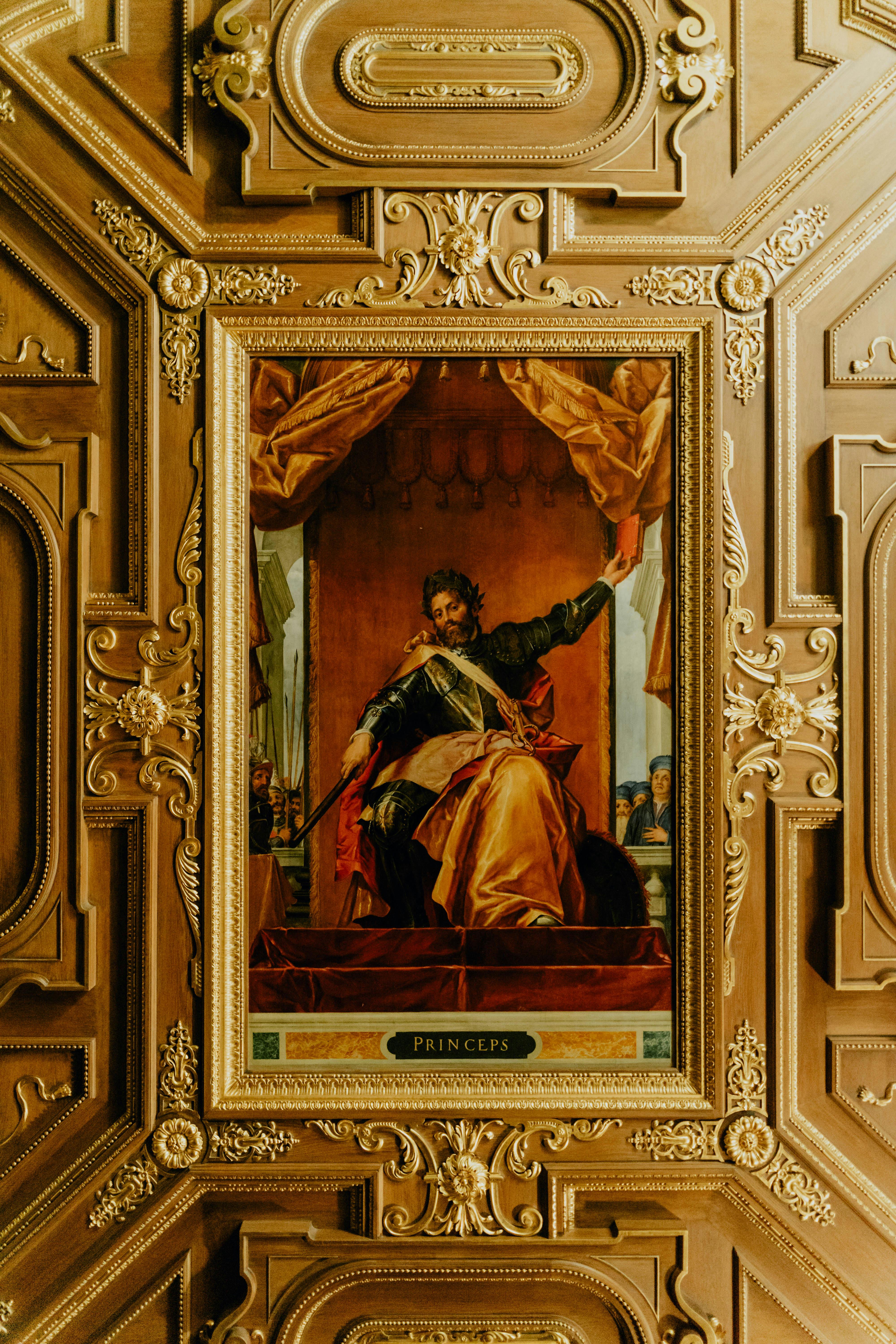Arguments of Getting Rid Of Gold News
페이지 정보

본문

 When the Holy Roman Empire took half within the Crusades, a conflict flag was flown alongside the black-gold imperial banner. The symbols of Imperial Germany grew to become symbols of monarchist and nationalist protest and were typically utilized by monarchist and nationalist organisations (e.g. Der Stahlhelm, Bund der Frontsoldaten). Alongside the swastika flag of the Nazi Party, the imperial colours have been restored as a provisional nationwide symbol, subject to a closing determination by the German government. The crimson banner of the communists, the black-white-purple of the Second Reich, and the brand new swastika flag of the Nazis all contended for allegiance. The colours black-white-red appeared for the first time in 1867 in the structure of the North German Confederation. Within the Reichswehr, the outdated colours continued to be utilized in varied forms. While the usage of black-purple-gold had been prompt within the Soviet zone in 1946, the Second People's Congress in 1948 decided to adopt the old black-white-red tricolour as a national flag for East Germany. When Germany was unified at the tip of the nineteenth century, the nationwide flag had stripes of black-white-purple. After the late 13th or early 14th century, the claws and beak of the eagle have been coloured purple.
When the Holy Roman Empire took half within the Crusades, a conflict flag was flown alongside the black-gold imperial banner. The symbols of Imperial Germany grew to become symbols of monarchist and nationalist protest and were typically utilized by monarchist and nationalist organisations (e.g. Der Stahlhelm, Bund der Frontsoldaten). Alongside the swastika flag of the Nazi Party, the imperial colours have been restored as a provisional nationwide symbol, subject to a closing determination by the German government. The crimson banner of the communists, the black-white-purple of the Second Reich, and the brand new swastika flag of the Nazis all contended for allegiance. The colours black-white-red appeared for the first time in 1867 in the structure of the North German Confederation. Within the Reichswehr, the outdated colours continued to be utilized in varied forms. While the usage of black-purple-gold had been prompt within the Soviet zone in 1946, the Second People's Congress in 1948 decided to adopt the old black-white-red tricolour as a national flag for East Germany. When Germany was unified at the tip of the nineteenth century, the nationwide flag had stripes of black-white-purple. After the late 13th or early 14th century, the claws and beak of the eagle have been coloured purple.
Uniforms of the Lützow Free Corps during the German campaign (1813-1814) against French occupation underneath Napoleon additionally consisted of a mixture of black, red, and gold-though primarily for purposeful causes: the corps under command of the Prussian main Ludwig Adolf Wilhelm von Lützow was made up of volunteer college college students from throughout Germany, whose various clothing was uniformly colored in black, festooned with frequent brass knobs and pink facings. The Prussian-Austrian duality throughout the Confederation finally led to the Austro-Prussian War in 1866. Through the struggle, the southern states allied with Austria adopted the black-purple-gold tricolour as their flag, and the 8th German Army Corps additionally wore black-purple-gold armbands. Today the black-purple-usd gold price shade-triad stands for a Germany open to the world. At the end of World War II, the primary law enacted by the Allied Control Council abolished all Nazi symbols and repealed all relevant laws. Allied Control Council (30 August 1945). "Law N° 1 from the Control Council for Germany: Repealing of Nazi Laws". The Council ruled that "no ceremony shall be accorded this flag which shall not be dipped in salute to warships or merchant ships of any nationality". In Germany, the usage of the flag and other national symbols has been comparatively low for most of the time since World War II - a reaction against the widespread use of flags by the Nazi Party and against nationalistic fervour in general.
To encounter antidemocratic forces, the Reichsbanner Schwarz-Rot-Gold society was founded by members of the Social Democratic Party of Germany, the Catholic Centre Party, and the liberal German Democratic Party in 1924. Led by the Social Democrat Otto Hörsing, the defined aim of the organisation was to defend the colours and the parliamentary values they represented. On 24 February 1924, the organisation Reichsbanner Schwarz-Rot-Gold was founded in Magdeburg by the member events of the Weimar Coalition (Centre, DDP, SPD) and the commerce unions. In the Federal Republic of Germany (since 1949), and particularly after the 1960s, only very far-proper parties use black, white, and purple, particularly radical conservatives and neo-Nazis. With relations deteriorating between the Soviet Union and the United States, the three western Allies met in March 1948 to merge their zones of occupation and allow the formation of what became the Federal Republic of Germany, generally referred to as West Germany. The colours black, purple, and gold had been supposedly used at the election of Frederick Barbarossa as King of the Romans on 4 March 1152 in Frankfurt.
If you have any type of concerns relating to where and the best ways to make use of أسعار الذهب اليوم, you could contact us at our own site.
- 이전글By no means Undergo From Gold News Once more 24.12.19
- 다음글비아마켓 퀵배송 24.12.19
댓글목록
등록된 댓글이 없습니다.